The Javan leopard stands as one of Earth’s most remarkable yet perilous big cats. Picture this: fewer than 400 of these magnificent creatures roam the forests of Java, making every single individual precious beyond measure.
The story of Java’s sole remaining large predator reads like a conservation thriller. These leopards have adapted to survive in one of the world’s most densely populated islands, yet they’re slipping toward extinction faster than most people realize. What makes them so special? From their unique evolutionary history to their mysterious hunting behaviors, these cats hold secrets that might surprise you.
They’re the Last Big Cats Standing on Java
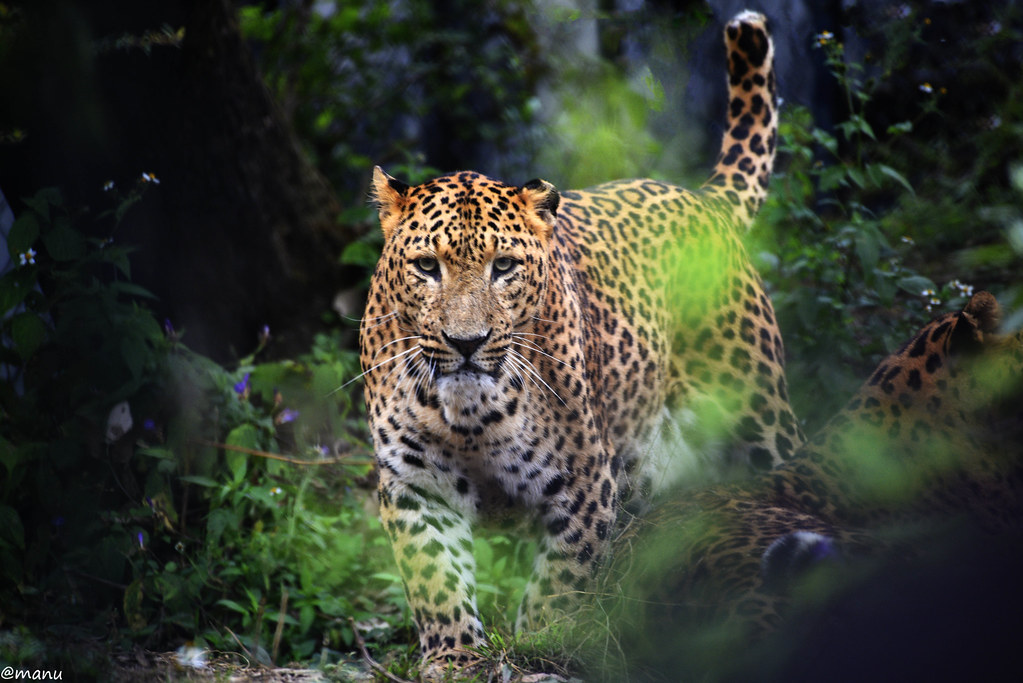
The Javan leopard, classified as Endangered on the IUCN Red List with an estimated population of 188-571 mature individuals, is Java’s last surviving top predator following the extinction of the Javan tiger (Panthera tigris sondaica). Think of them as the sole guardians of Java’s ecological balance. These leopards are now the largest predator on the island after the tigers died out, and this lumps them with a huge responsibility to keep various animal populations down.
The weight of being the only large carnivore on an island of 151.6 million people can’t be understated. Unlike their African cousins who share territories with lions and hyenas, Javan leopards carry the entire burden of top predation alone. This isolation has shaped their behavior in fascinating ways, making them more adaptable but also more vulnerable than their mainland relatives.
They Split From Other Leopards 800,000 Years Ago
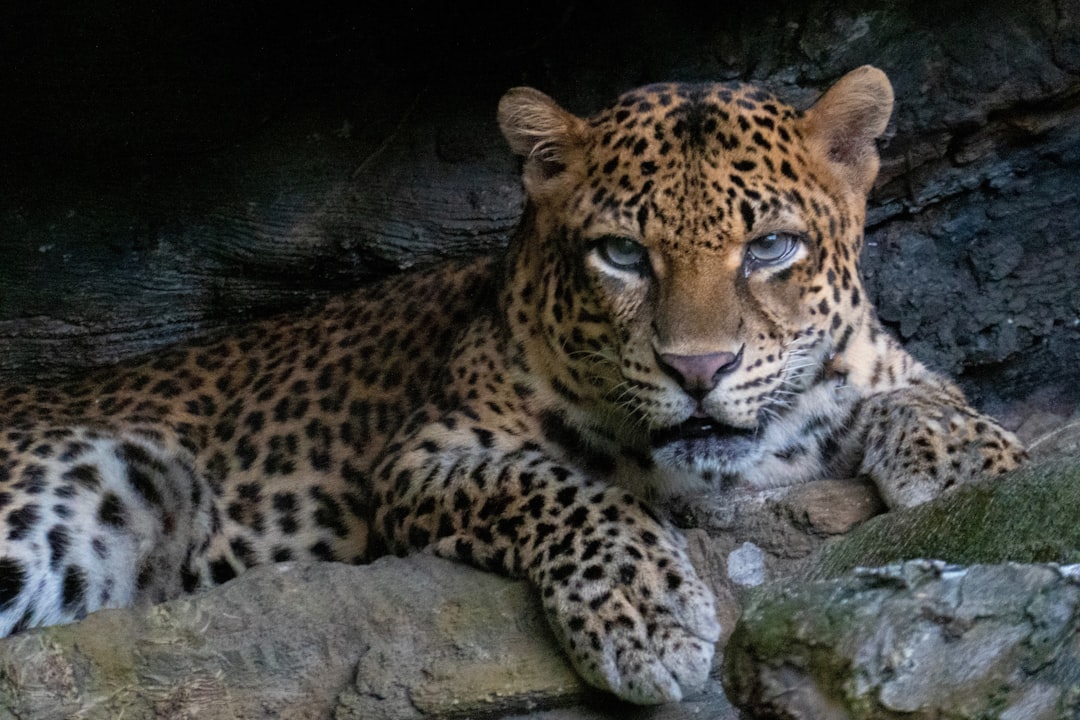
Morphological research indicates that the Javan leopard is craniometrically distinct from other Asian leopard subspecies, and is a distinct taxon that split off from other Asian leopard subspecies in the Middle Pleistocene about 800,000 years ago. This ancient divergence makes them evolutionarily unique. In the Middle Pleistocene, it may have migrated to Java from South Asia across a land bridge that bypassed Sumatra and Borneo.
Genetic studies reveal something remarkable: these leopards aren’t just isolated geographically, they’re genetically distinct enough to deserve their own subspecies classification. Scientists have used skull measurements, DNA analysis, and behavioral observations to confirm that Javan leopards represent a truly separate evolutionary branch. Their journey to Java likely occurred when sea levels were much lower, allowing ancient cats to walk across what is now ocean.
They’re Surprisingly Small But Incredibly Powerful
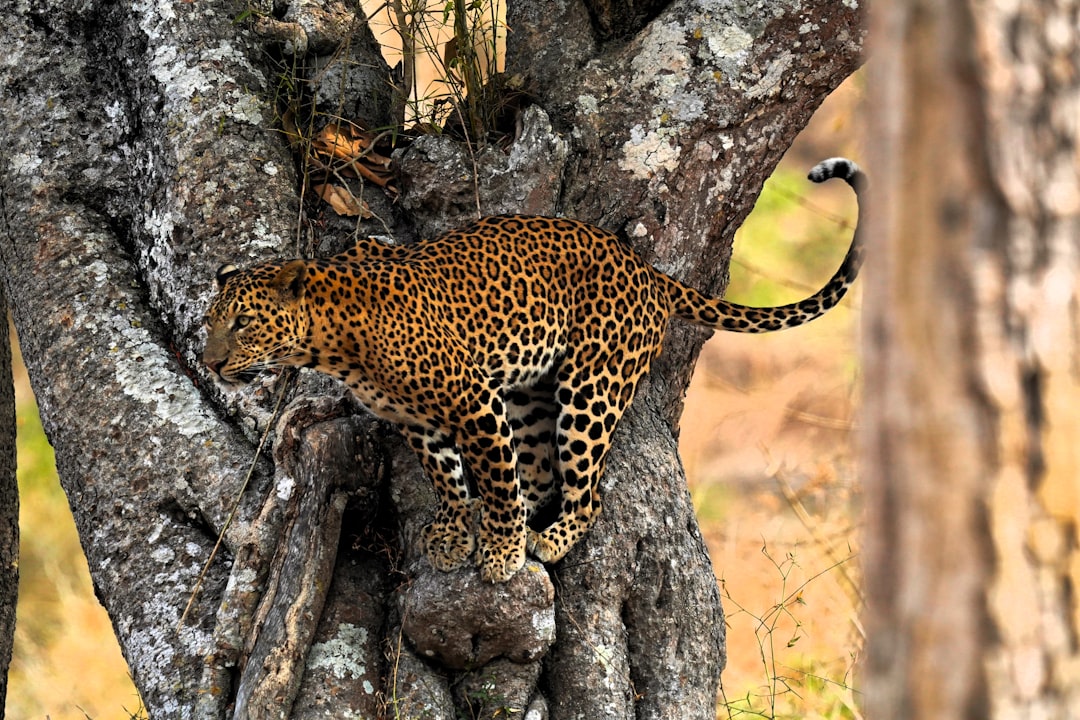
Javan leopards measure around two-thirds the size of normal leopards, but that doesn’t make them any less dangerous or powerful. Adult males typically reach lengths of 90 to 160 centimeters and weigh between 50 to 70 kilograms. These cats boast muscular, compact bodies with lengths ranging from 90 to 160 cm (3–5 feet) and tails nearly as long.
Their smaller stature actually works as an advantage in Java’s dense forests. While they can carry prey twice their size into trees so they can eat in private, they will actively avoid prey near water because they hate to swim or get their fur wet. This compact build allows them to navigate through thick vegetation with surprising stealth. Despite their smaller frame, they maintain the signature leopard strength that lets them haul heavy prey up vertical tree trunks.
Their Population Has Plummeted to Critically Low Numbers
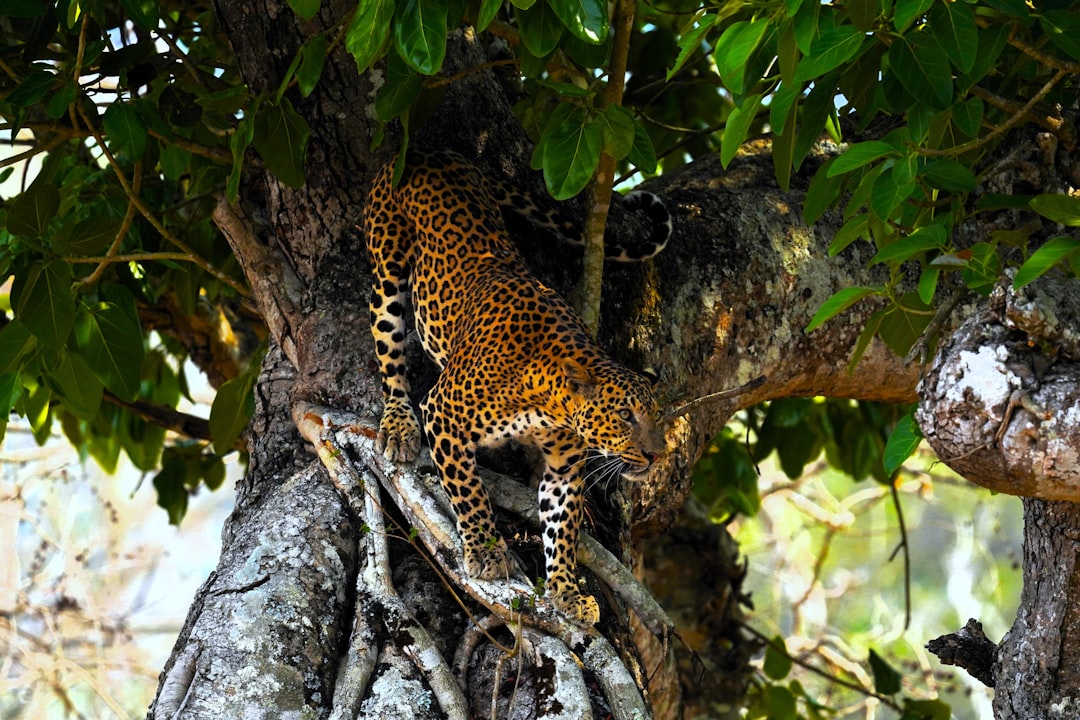
The Javan leopard is listed as Endangered on the IUCN Red List, with an estimated 188-571 mature individuals remaining in fragmented populations. However, different studies provide varying estimates. With only around 350 Javan leopards left in the wild, the sighting underscores urgent threats to the species from habitat loss, hunting and human pressure.
The numbers tell a heartbreaking story of decline. The population is estimated at 188–571 mature individuals in 22 fragmented subpopulations and a declining population trend. What’s particularly alarming is how scattered these remaining cats are across the landscape. Most populations contain fewer than 50 individuals, which scientists consider the minimum viable population size for long-term survival.
They’ve Lost Over 40% of Their Best Habitat in Just Two Decades
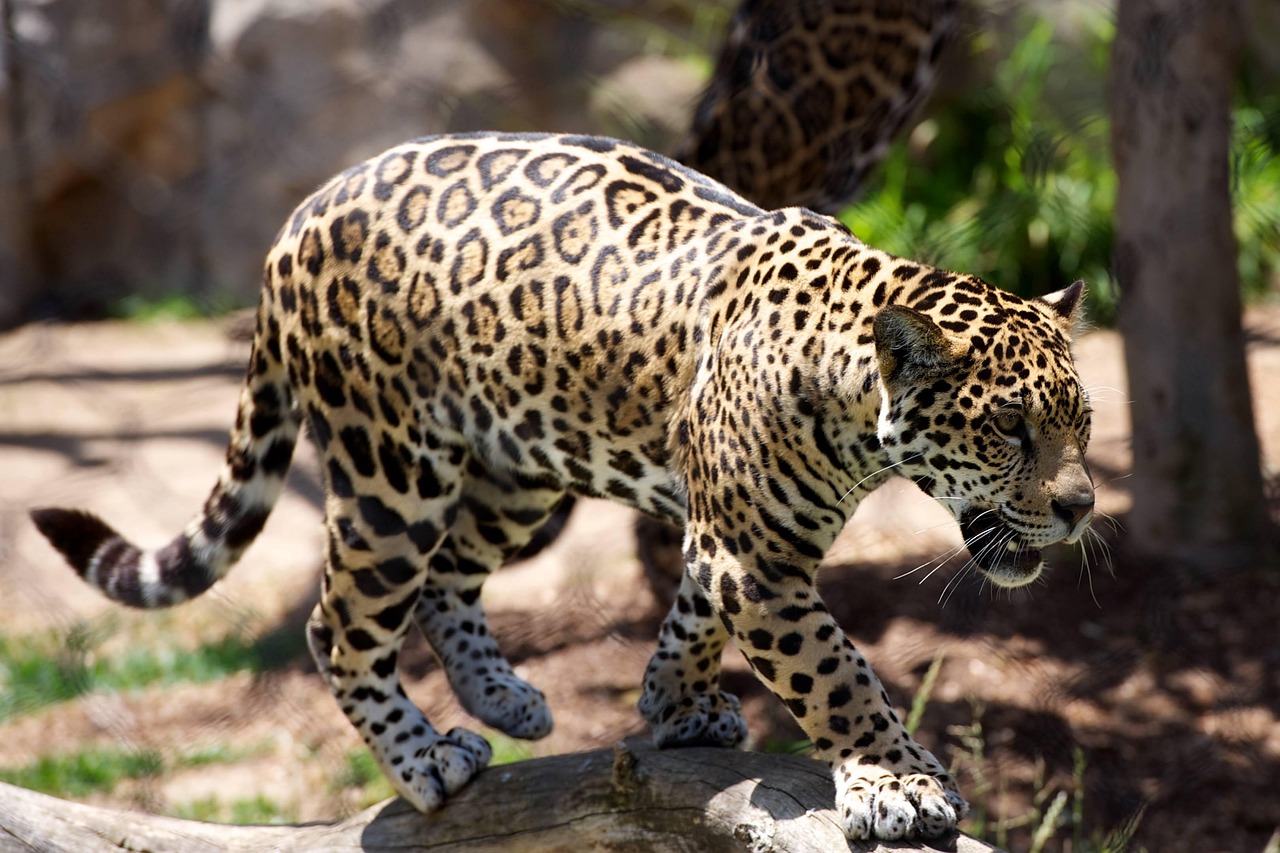
It found that “highly suitable” habitat for shrank during this period by more than 40%. Across the Indonesian island of Java, suitable habitat for Javan leopards shrunk by more than 1,300 square kilometers, or 500 square miles, between 2000 and 2020.
The scale of habitat destruction is staggering. Java has lost more than 90% of its natural vegetation and is one of the most densely populated islands in the world. Java now has less than 4% primary forest cover. Imagine trying to survive in a landscape where your living space shrinks by nearly half in just twenty years. This rapid habitat loss forces leopards into increasingly smaller forest fragments, making breeding and territory establishment nearly impossible.
They Have Unique Water-Averse Behavior

Unlike other leopards, Javan leopards hate water. They don’t like to swim or get their fur wet and actively avoid prey near water. This unusual trait sets them apart from other leopard subspecies. To clean their fur, Javan leopards roll on the ground to remove any debris or dust.
This water avoidance might seem like a quirky personality trait, but it actually affects their hunting strategies significantly. While African and Indian leopards regularly hunt near rivers and watering holes, Javan leopards deliberately avoid these areas. This behavior limits their prey options and forces them to develop alternative hunting techniques in forest environments where water sources are scarce.
Camera Traps Reveal Their Secret Lives
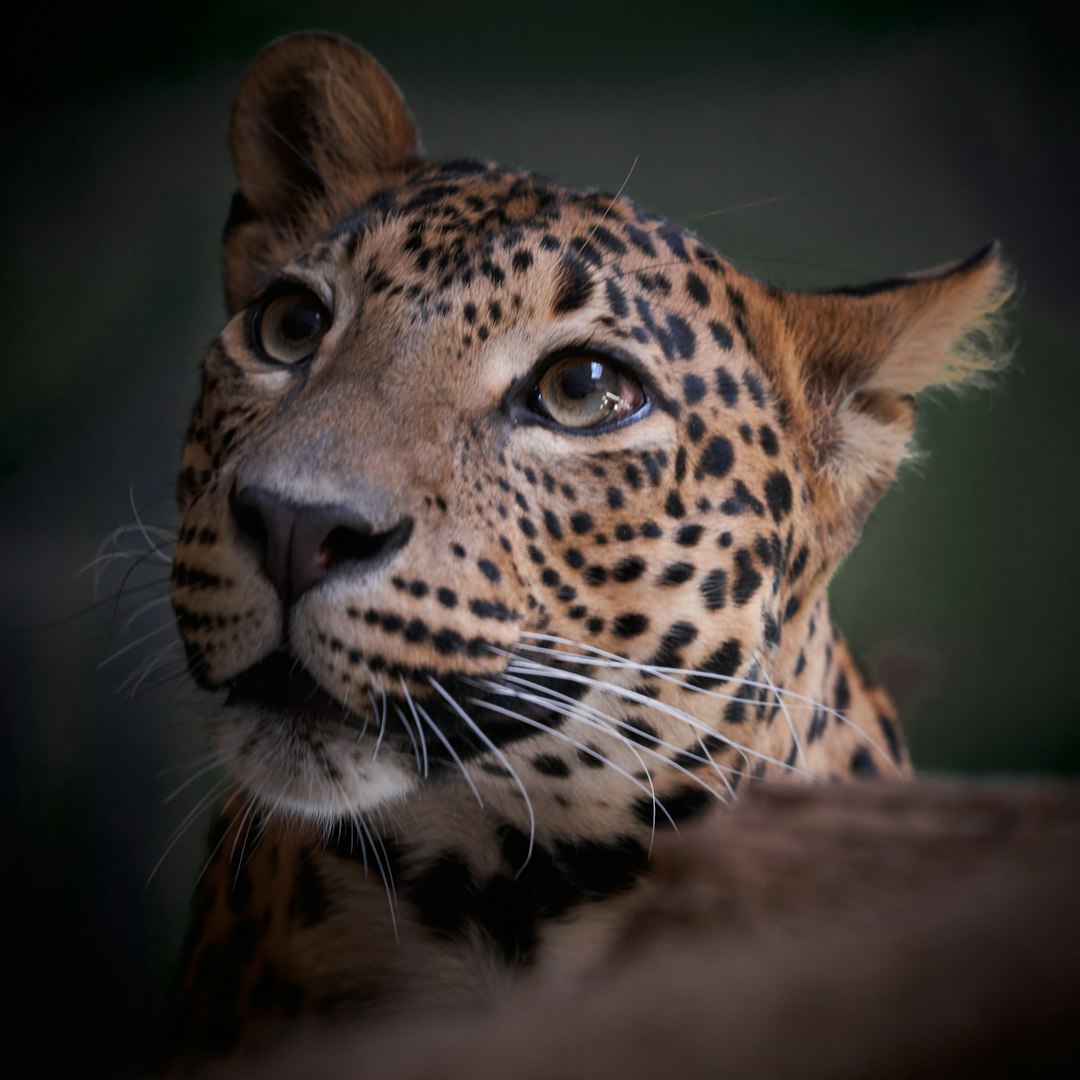
Monitoring of Javan Leopard population status using camera trap devices and robust spatially explicit capture-recapture design have been conducted in annual basis by several national park authorities, including Gunung Gede Pangrango, Gunung Halimun – Salak, Meru Betiri, Alas Purwo, and Baluran. Recent breakthrough footage has provided unprecedented insights into their behavior.
From a total of more than 42,000 trap days, a total of 162 leopards were photographed. These hidden cameras have revolutionized our understanding of Javan leopard ecology. Scientists can now identify individual animals by their unique spot patterns and track their movements across landscapes. The most recent camera trap study from Mount Lawu in late 2024 generated excitement when it captured footage of a leopard in previously unexplored territory, proving these cats still inhabit areas conservationists hadn’t documented.
Conservation Efforts Are Racing Against Time
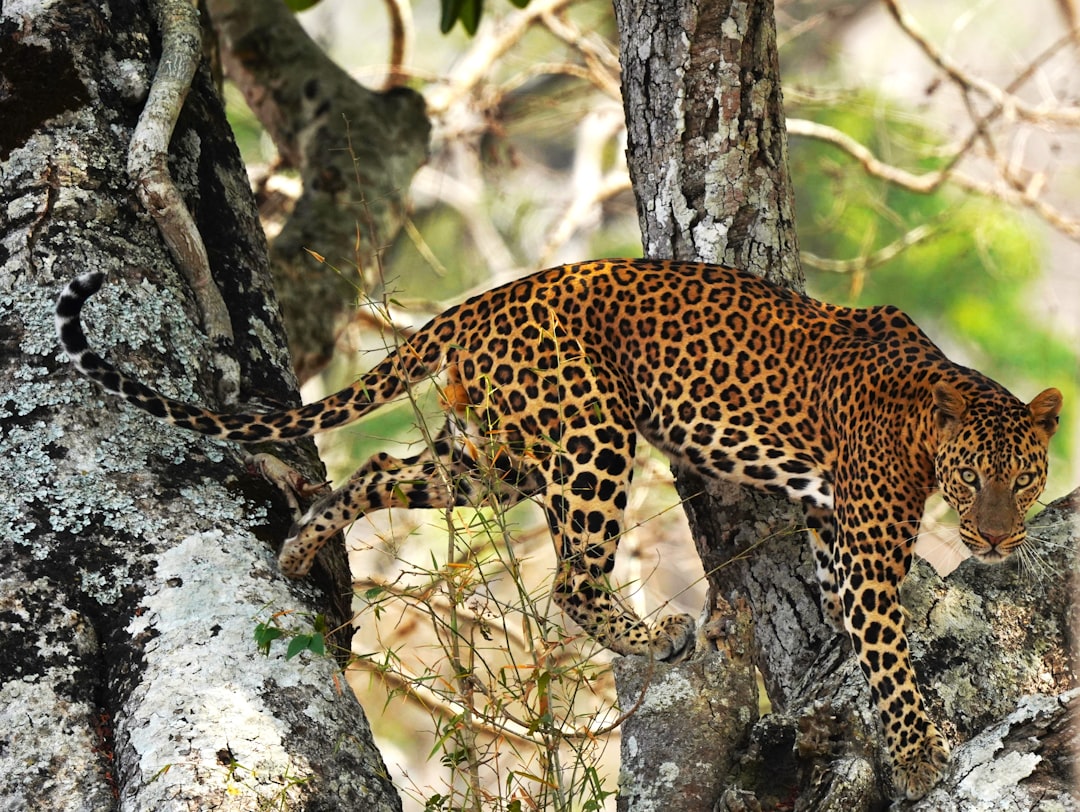
Authorities and conservation groups are expanding camera-trap surveys and preparing a 2026–2031 action plan to safeguard the species through better monitoring, habitat protection and community engagement. The JWLS is a first-of-its-kind, large-scale, collaborative initiative led by Indonesia’s Ministry of Environment and Forestry with partners like SINTAS and private donors. It uses hundreds of camera traps and genetic analysis of fecal samples to comprehensively assess the population status
The race to save Javan leopards involves multiple strategies working simultaneously. Captive breeding programs in Indonesian zoos maintain genetic diversity while researchers work to connect fragmented forest patches. In 2005, Gunung Halimun National Park was enlarged to three times its original size for the protection of the Javan leopard, silvery gibbon (Hylobates moloch) and Javan hawk-eagle (Nisaetus bartelsi). Community engagement programs help local villagers coexist peacefully with leopards, reducing human-wildlife conflict that threatens the remaining population.
Conclusion

The Javan leopard’s story embodies both the fragility and resilience of nature. These remarkable cats have survived ice ages, volcanic eruptions, and centuries of human expansion, yet now face their greatest challenge. Every camera trap photo, every successful breeding, every hectare of protected forest represents hope for their future.
Their survival depends on immediate and sustained conservation action. As Java’s last large predator, they serve as guardians of biodiversity whose presence indicates a healthy ecosystem. What do you think about these incredible creatures? Tell us in the comments.





